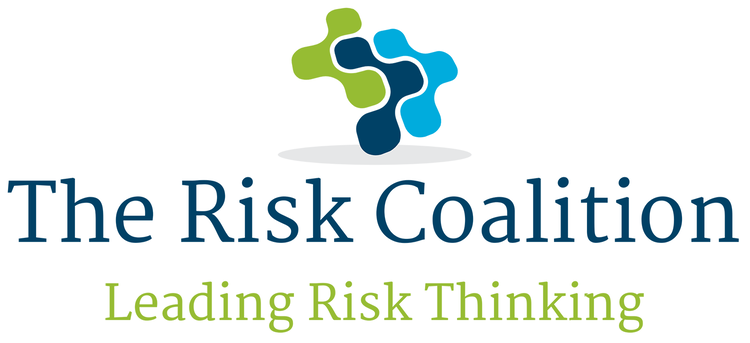During Covid, we set up Friday night rituals with our kids. We had a restaurant and took it in turns to cook, wait tables and we all dressed up. It became something that we all looked forward to, and as we didn’t have loads to do, we took time to create new menus, make a shopping list and then cook. We all loved it.
Research showed that the people who created these rituals with their kids were happier with their parenting during the lockdowns. Many workplaces have their own rituals, and the research has similar findings.
What IS a ritual?
In his book Rituals For Work: 50 Ways To Create Engagement, Shared Purpose And A Culture That Can Adapt To Change, Kursat Ozenc defines a ritual as an “action that a person or group does repeatedly, following a similar pattern or script in which they’ve imbued symbolism and meaning”.
We looked into the research behind it and our reading was fascinating, backing up our experiences that this is a great way of embedding the culture you want. Tami Kim’s research in 2021, Work Group Rituals Enhance The Meaning Of Work, showed that rituals increase team bonds, boost performance and show an increase in meaningful work and organisational citizenship behaviours. In addition, it identified the psychological underpinnings of rituals, demonstrating how they can lead to increased immersion in experiences, greater feelings of control, reduced anxiety, and increased liking for teammates.
How can rituals be helpful in identifying risk?
Risk can sometimes be seen as the job of others. Something important that is kept on a register and discussed at senior levels. Our view is that risk exists all the way through the organisation, and not enough of us encourage transparent communications and engagement in risk at all levels. The people talking to your customers can spot potential brand reputation risk, those team members in finance who are processing orders can spot risk. It’s vital that we engage them in understanding and communicating this.
By using rituals, we can open the subject of risk in an engaging way, asking for people all across the organisation to talk about everyday issues that could one day escalate into something more sinister.
Where do I start?
Holding regular open, safe and engaging sessions about risk are a great way to start. Inviting different teams to the sessions, explaining risk in simple terms and ensuring people know they have a role to play in it. Bringing success stories of how others have supported the organisation in sharing or identifying risk will mean people can see that this is rewarded and seen as positive. Asking questions in the session to encourage discussion and mean that people can hear from their peers, as well as leaders in the risk environment.
Rituals bring belonging, boost performance and increase team bonds, but they also have a very practical use when needing to create psychologically safe environments to engage teams to talk openly about risk.
Alex Walker, Culture Change Consultant, is Founder of Flint Change She recently held a webinar entitled Creating Engaging Rituals That Set Your Workplace Apart. A recording can be found here.

